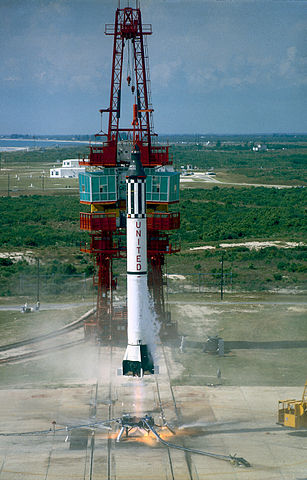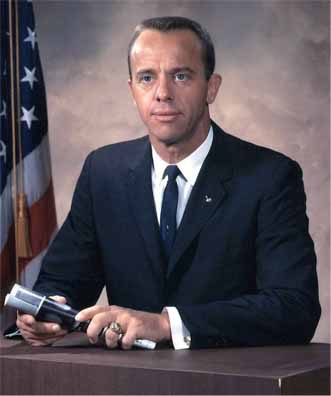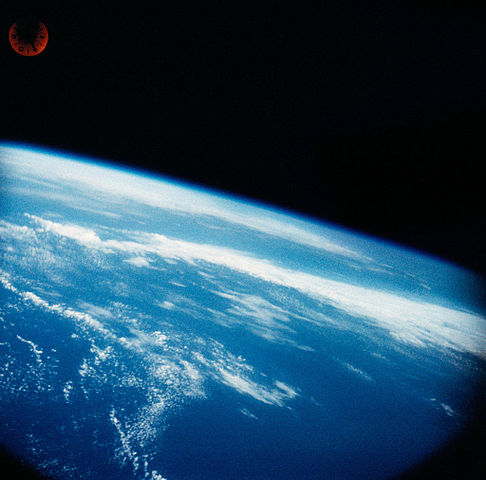May 5th, 1961. 3 Weeks after the successful Soviet flight of Yuri Gagarin in Vostok 1, the United States was ready to send it’s first human into space, United States Naval Officer Alan Bartlett Shepard. His flight, designated Mercury-Redstone 3, was intended to prove that a person can survive the stresses associated with the launch and re-entry of a spacecraft, and to show that a human could indeed properly function during such a spaceflight.
Compared to Vostok 1, which was a full orbital mission, this sub-orbital hop into space seemed insignificant, but this was the United States chance to prove it could get a human into space safely. This was a time when information wasn’t being shared, naturally, so while we knew Yuri Gagarin had gone into space, we knew nothing about the actual flight other than it was one orbit and he was “healthy” upon landing. No major details beyond that – we didn’t even know what Vostok looked like at this time – so we basically had to learn ourselves that we indeed could function in space, if even for a short time.

The launch of Mercury-Redstone 3
The funny thing is, had an earlier test flight not gone wrong, we would have beat Gagarin into space. Mercury-Redstone 2, carrying the famous space chimp Ham, experienced a combination of excessive acceleration, a slightly incorrect flight trajectory, loss of engine thrust leading to an abort, and a loss of cabin pressure. This lead to excessive stresses on the poor chimp, and misgivings among many in NASA about sending a man up on the next flight. While ham was safe, and mostly well after his flight, no one wanted to risk the same experience with a Human, and as such, an interim booster test flight, Mercury-Redstone BD, was flown to ensure small changes to the booster would provide a safe flight, which indeed, they did.

Alan B. Shepard
While this would help NASA in confidence that Shepard would be safe on his flight, this extra time between launches gave the Soviets the window they needed to secure the first orbital manned flight.
Still, the United States had to push forward. We were in a race with the Soviets to prove our missiles were the best, and in an odd way, sending up satellites, then humans, was the ultimate way to prove this. Of course, there is also that drive to explore, and that drive to push the limits, and space travel certainly is the ultimate form of exploration and the ultimate limit, you could say, to human ability.

The view from Freedom 7
Shepard’s flight was a textbook sub-orbital Mercury mission. After about 15 minutes, it was all over, having achieved an altitude of 180 kilometers, well above the Karman line, the internationally accepted point at which space begins. The flight proved Mercury would work for human flight, and after another sub-orbital test, 4 orbital flights, launched via the powerful Atlas booster, would prove the United States could support humans in space.
This flight also gave President Kennedy the confidence to announce what was already being planned; an attempt to land humans on the surface of the Moon.
Below is the entire mission, as compiled by the amazing Youtuber Lunarmodule5. Enjoy!
Additional Information:
https://en.wikipedia.org/wiki/Mercury-Redstone_3
https://en.wikipedia.org/wiki/Alan_Shepard
https://en.wikipedia.org/wiki/Mercury-Redstone_2
https://en.wikipedia.org/wiki/Mercury-Redstone_BD
Vostok 1 article
